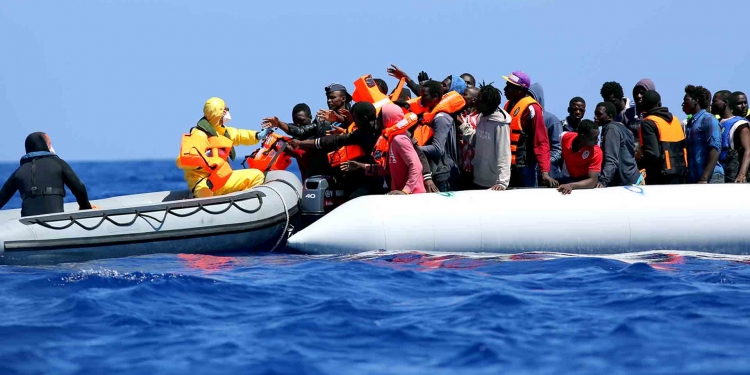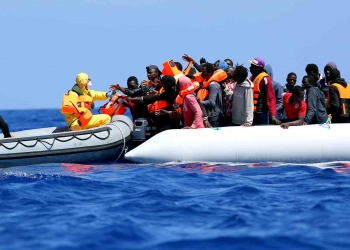In Europe, Germany came the best largest single destination for migrants while the United States of America took the top spot worldwide. International Migration 2020 Highlights, published by the UN Department of Economic and Social Affairs (DESA). Pandemic may have slowed migration flows by around two million people last year. This cut the annual growth expected since mid-2019 by around 27 per cent.
Since the year 2000, however, there has been a major increase in migration. That year some 173 million people lived outside of their countries of origin. Twenty years later, that figure had risen to 281 million.
At the height of the European migration crisis in 2015, nearly 900,000 migrants entered Germany under Chancellor Angela Merkel‘s open-door policy, many of them seeking asylum. However, that figure has steadily dropped since then, contributing to an overall drop in migration.
‘Migration is part of today’s world’
In a statement, Liu Zhenmin, UN Under-Secretary-General for Economic and Social Affairs, said “The report affirms that migration is a part of today’s globalized world and shows how the COVID-19 pandemic has impacted the livelihoods of millions of migrants and their families, and undermined progress in achieving the Sustainable Development Goals.”
Travel restrictions and other curbs to movement put in place in the light of the COVID-19 pandemic, have put a significant dent in migration figures. The overall trend shows 100 million more people living outside their countries of origin in 2020, compared to the year 2000, a new UN report revealed on Friday.
Spain, Italy, Greece and Malta drive a new EU migration battle

Migrants sent less money home
The economic crisis that following in the wake of the pandemic has had a major impact on remittances, the money migrants send home to their countries of origin. The World Bank projects that remittances sent back to low- and middle-income countries may see a $78 billion dip. This is around 14 per cent of the total amount.
This will negatively affect the livelihoods of millions of migrants and their families. Especially it will be worst in those countries with a big diaspora. India, for example, has the largest diaspora in the world: 18 million people born in India live outside the country. Other nations with significant diasporas include Mexico, the Russian Federation (11 million each), China (10 million) and Syria (eight million).
US and Germany top destinations for migrants
Unsurprisingly, high income countries are the most coveted destinations for migrants. The US takes the top spot with 51 million migrants hosted in 2020. Germany is the second most popular target country after the United States.
Germany hosted the second largest number of migrants worldwide, at around 16 million, followed by Saudi Arabia (13 million), the Russian Federation (12 million) and the United Kingdom (nine million). Many migrants do not travel far, however. Nearly half of them remain in the region from which they originated. For example, in Europe 70 per cent of migrants come from another European country. Similarly, some 63 per cent of migrants in sub-Saharan Africa come from a country in the same region.
Relocation or Return sponsorship: EU shares Migration responsibility

Most refugees in lower income countries
Contrary to some perceptions, the vast majority of refugees, around 80 per cent, are hosted in low- and middle-income countries. These people constitute some 12 per cent of all international migrants.
The number of refugees is rising faster than voluntary migration. The number of people forced to leave home due to conflict, crises, persecution, violence or human rights violations has doubled from 17 to 34 million since the beginning of the 21st Century.
In recognition of the need to better manage migration, the General Assembly has adopted several landmark agreements. This includes the 2030 Agenda for Sustainable Development, the New York Declaration for Refugees and Migrants and the Global Compact for Safe, Orderly and Regular Migration. DESA says that around 60 countries have begun to adopt measures to ensure safe, orderly and regular migration.















